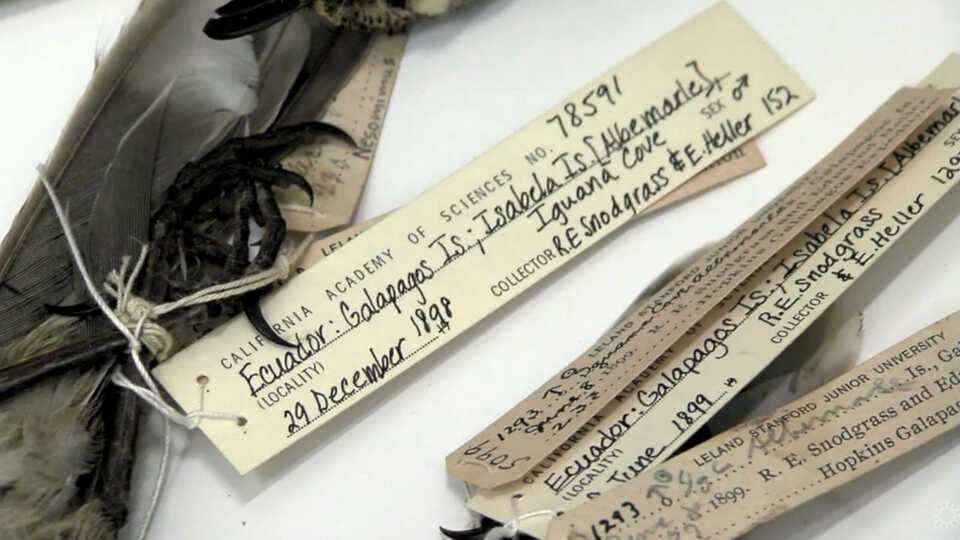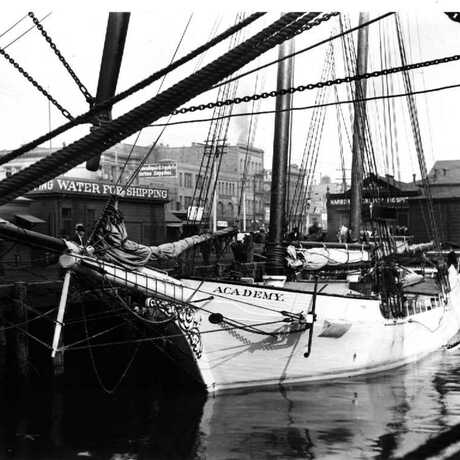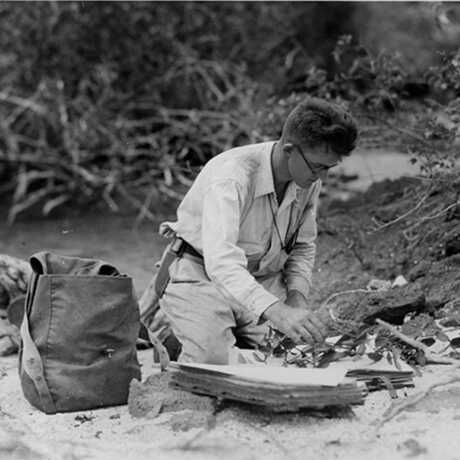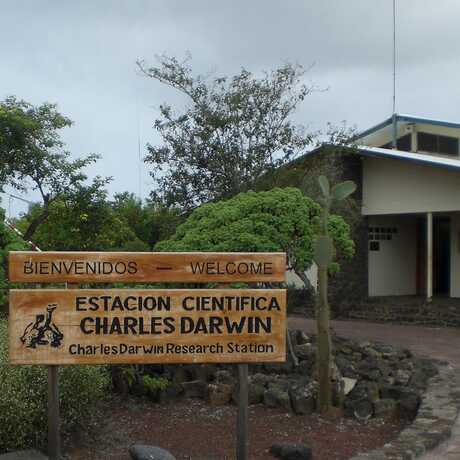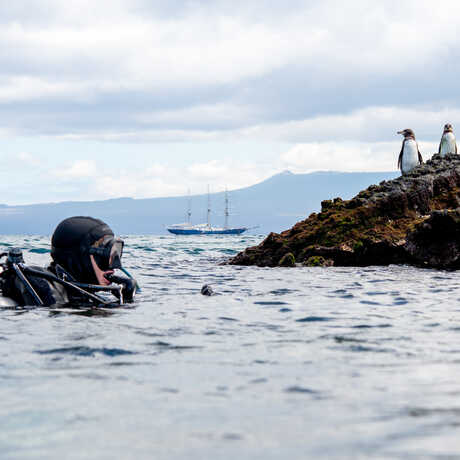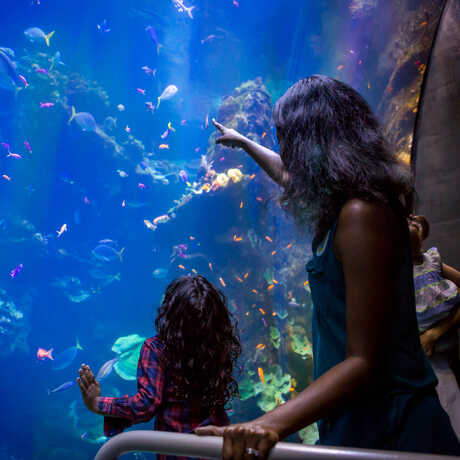The Academy sent its first team of “sailor-scientists” to the Galápagos in 1905. Among them were collectors Alban Stewart, Rollo Beck, Edward W Gifford, FX Williams, Joseph Hunter, Joseph Slevin, and Washington Henry Oschner (whose field notes from have been archived in the Biodiversity Heritage Library). During this time, there was a widely held belief that species on the Galápagos, especially the iconic giant tortoise, were quickly disappearing. Thus, the men sought not only to explore the islands but to gather as many plants, mollusks, insects, birds, mammals, and reptiles as possible for museum collections. They also hoped to use these specimens to shed light on the origins of the islands.
The crew of the "Academy" research vessel returned to San Francisco in 1906 with 70,000 biological specimens, the most gathered on any Galápagos expedition in history. But while they were away, the April 18, 1906 earthquake and fire destroyed the Academy’s building (and much of its collections) on Market Street, making the specimens the men gathered critical to rebuilding the museum. Today, despite being more than a century old, the Academy’s Galápagos collection is still actively used by scientists for a wide variety of studies.
